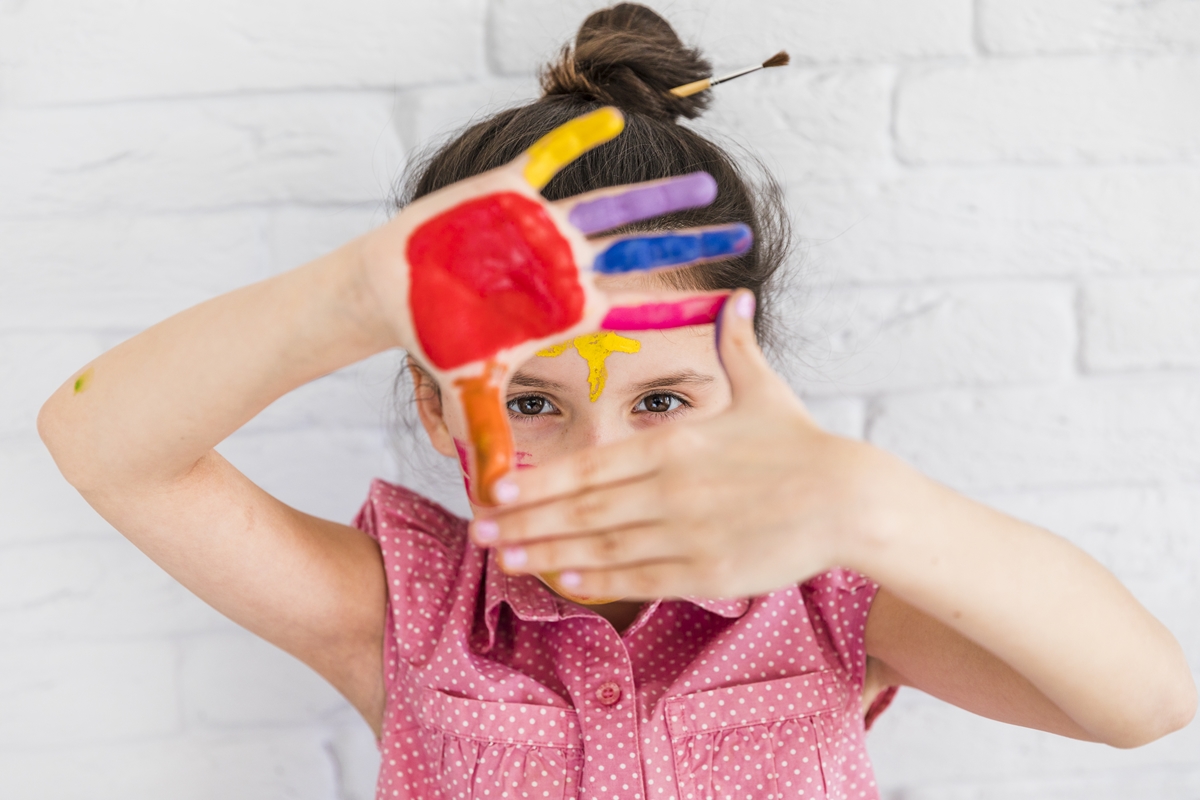Knowing how children learn their first language can help us teach them a second language. All children can speak at least one language when they come to school. Think about how they learned their first language. Think about how your baby acquired his/her first language.
Text by Anastasia Spyropoulou
Your baby’s brain is built over time. It starts during pregnancy, and continues through to early adulthood. And like a building, it needs a strong foundation.
The brain is made up of several different areas that control everything we do -from hearing and walking to problem-solving and how we feel. Each area has millions of brain cells, or neurons. These neurons communicate with each other by passing chemical messages over tiny spaces called synapses. As the messages are repeated over and over, more links are made and “neural pathways” are formed. Think of these pathways as the brain’s “wiring.” In the first years of life, these connections develop at an extremely fast pace.
How well all the wiring gets set up -that is, how your baby’s brain develops- will affect their ability to learn language, solve problems, and do well in school. Later in life, it can affect their physical and emotional health and how they get along with other people.
Everyday experiences help shape your baby’s brain -from your daily routines to the people your baby comes in contact with. Babies need to live and play in healthy spaces with opportunities to learn and grow. Responding warmly and predictably to your baby and creating routines help babies feel safe. It shows them that they can count on you when they are sick, upset or distressed, and that you can meet their needs. Babies need their parents and caregivers to respond to them in loving, caring and consistent ways.
It’s amazing how much new knowledge infants can acquire in the first three years of their life – more than they will be able to acquire in the rest of their life. Their brain is flexible, it changes every second, every minute, every hour. The more you give them, the more they take.
As a mother of two sons, I experimented with my own children. At the age of three I taught my older son, George, to read, constructing my own materials. I started with simple words –μαμά, μπαμπάς, παππούς, γιαγιά. I wrote these words in carton paper, in big red letters, and I presented each card at a time. Every time little George recognized the word, I applauded and gave him a hug. I noticed that when I showed him a new word, he could recognize the letters he had previously seen and could pronounce them correctly.
At the age of four I taught him to write. When George went to nursery school, he already knew how to read and write.
When Dimitris came to our life, four years later, I did the same.
To our topic now…
When I ran my own Foreign Languages School, I decided to introduce English to preschoolers. It was forty years ago –unthinkable at that time.
I had a bunch of youngsters. I made special classroom arrangement for this class –no desks, no chairs, a wall-to wall carpet, puppets, realia and many toys I had brought from London. I travelled to London three-four times a year and packed my suitcases with toys, puzzles, anything that could be used in class. We all sat on the carpet, we sang, we played, we danced, we moved around, we had fun.
On sunny days we would go to the nearby playground. They smelled the flowers, they touched and talked about the trees, the swings, the slides, the benches using the English language in a natural and authentic way.
That’s how children learn –by seeing, listening, touching, feeling, using their hands, imitating, modelling.
Language is like a rubber ball
If you drop a rubber ball, will it break? No, it’ll bounce back up into your hand or off at a weird angle depending on how good your hand/eye coordination is, but it’ll definitely remain in one piece.
Throw the ball as far as you can.
